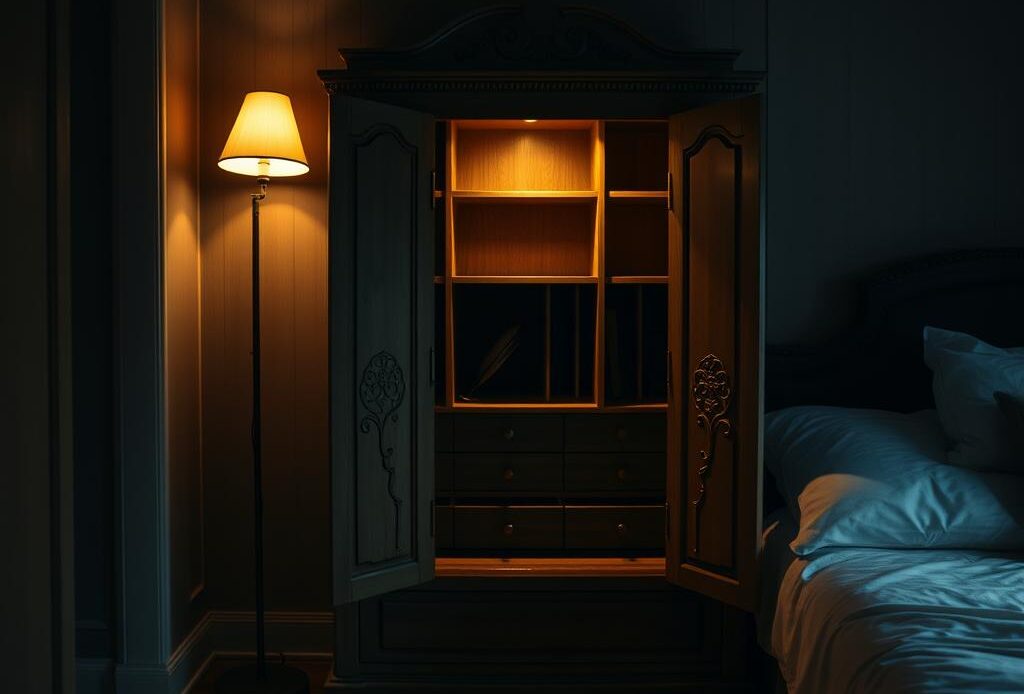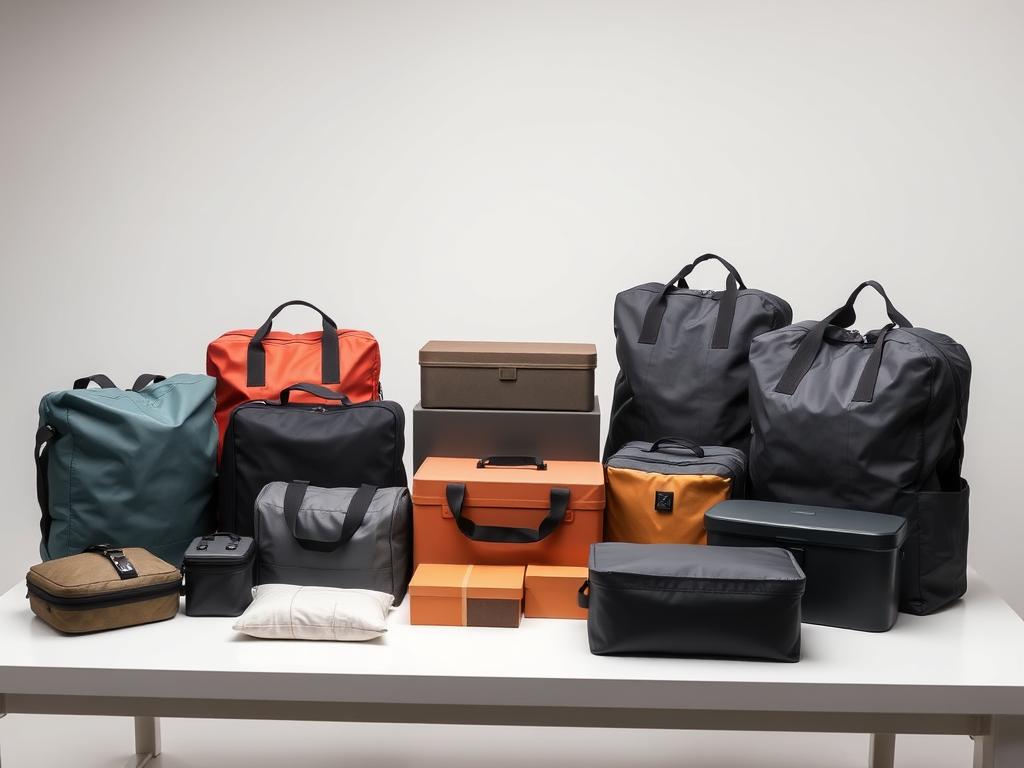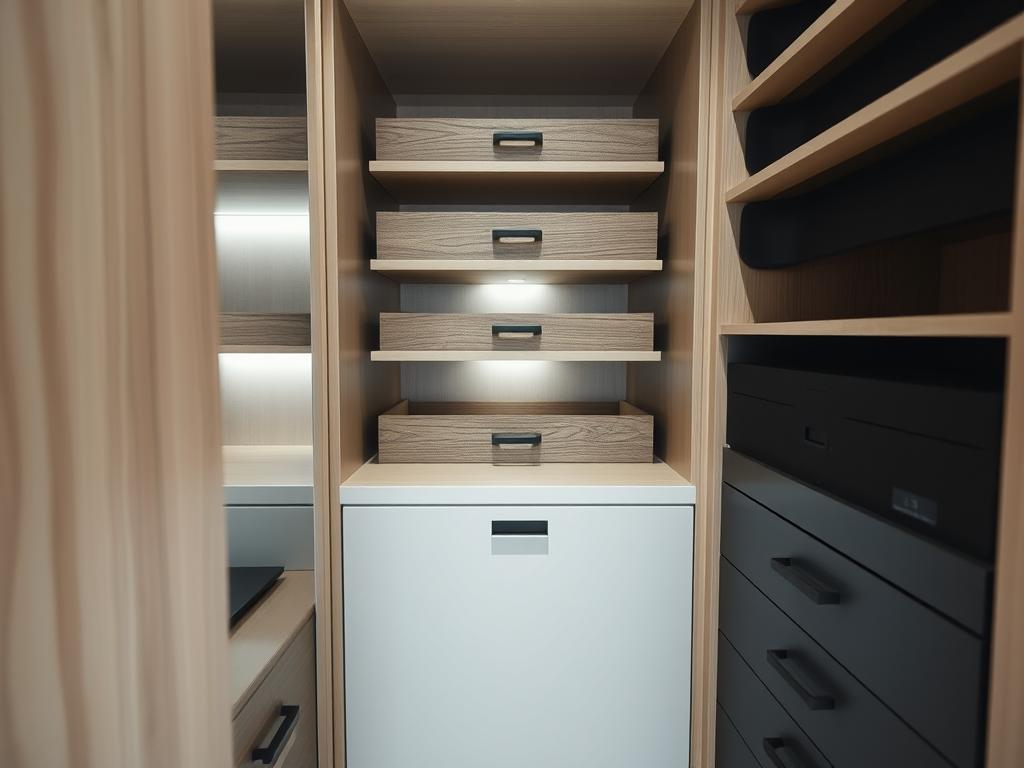
Keeping your collection organized isn’t just about tidiness—it’s about prioritizing hygiene and privacy. Whether you’re new to adult products or have a growing assortment, proper care ensures they last longer and stay safe to use. Let’s explore how to balance discretion with practicality.
First, cleanliness is non-negotiable. Experts at Mashable emphasize that every item must be thoroughly cleaned and dried before being put away. Moisture or residue can lead to bacterial growth, which risks both your health and the integrity of your items.
Next, consider your storage environment. A cluttered bedside drawer might seem convenient, but it exposes your collection to dust, lint, and accidental damage. Instead, opt for a dedicated space that’s dry and free from direct sunlight. This simple step preserves materials like silicone or thermoplastic elastomer (TPE) from degrading prematurely.
Discretion doesn’t mean sacrificing functionality. Many solutions blend seamlessly into your decor while offering easy access. Think lockable cases, velvet pouches, or even furniture with hidden compartments. These options protect your privacy without drawing attention.
Key Takeaways
- Clean and dry items thoroughly before storing to prevent bacterial growth.
- Avoid common mistakes like leaving products exposed in open drawers.
- Choose storage spaces that are dark, dry, and temperature-controlled.
- Discreet solutions like lockable cases or furniture enhance privacy.
- Proper care extends the lifespan of your collection and supports intimate wellness.
Preparing Your Sex Toys for Storage
Proper maintenance starts long before items get tucked away—it begins with a meticulous prep routine. A little effort now prevents headaches later, especially when it comes to hygiene and longevity.
Cleaning and Drying Techniques
Thorough cleaning is your first line of defense against harmful bacteria. Start by rinsing items with warm water and mild soap, scrubbing gently to remove residues. For non-porous materials, a diluted bleach solution (1:10 ratio) works well. Always check manufacturer guidelines first.
Air-drying is non-negotiable. Lay items on a clean cloth for 15-20 minutes to evaporate moisture completely. Microfiber towels speed up the process without leaving lint. Never rush this step—trapped dampness creates breeding grounds for germs.
| Method | Steps | Time Required |
|---|---|---|
| Soap & Water | Rinse, scrub, rinse again | 5-7 minutes |
| Bleach Solution | Mix 1 part bleach to 10 parts water, soak 5 mins | 10-15 minutes |
| Boiling | Submerge in rolling boil (check material safety first) | 10-12 minutes |
Inspecting for Damage and Wear
Before putting anything away, run a quick check. Look for cracks, discoloration, or texture changes. Damaged surfaces can trap bacteria even after cleaning. If you spot peeling or stickiness, it’s time to replace the item.
Use a soft cloth to wipe down seams and crevices. Pay attention to battery compartments or charging ports—moisture here can cause malfunctions. A well-maintained collection stays safer and lasts longer.
Choosing the Right Storage Options
Finding the perfect spot for your items involves more than just hiding them away. It’s about matching your lifestyle with solutions that protect both privacy and product quality. Let’s break down the choices to simplify your decision.

Storage Bags vs. Storage Boxes
Bags shine for their portability and affordability. Soft pouches made of cotton or silk prevent unwanted chemical reactions with silicone items. They’re ideal for quick access and travel. However, they offer less protection against dust or accidental bumps.
Boxes, on the other hand, provide structure and security. Look for options with adjustable compartments to organize accessories neatly. Some feature built-in locks or ventilation holes to maintain hygiene. While bulkier, they’re perfect for larger collections needing extra care.
Material Considerations and Breathability
Fabric choice matters. Breathable materials like cotton allow airflow, reducing moisture buildup that can lead to bacteria. Avoid plastic bags or containers—they trap heat and may degrade silicone over time.
Specialized boxes often use antimicrobial linings for added safety. If opting for a fabric bag, ensure it’s tightly woven to block lint while letting air circulate. Balance functionality with material compatibility to keep your items in top shape.
How to store sex toys
Getting your items ready for storage isn’t just about hiding them—it’s a crucial step in maintaining their quality and safety. We’ll walk through a simple process to ensure everything stays clean, functional, and out of sight.
Proper Preparation Before Storing
Start by washing each item with warm water and mild soap. Dry completely using a lint-free cloth—even small amounts of moisture can lead to mold. For silicone products, a quick boil (if manufacturer-approved) adds extra sanitization.
Next, inspect surfaces closely. Look for cracks, discoloration, or sticky spots. Damaged materials won’t last long, no matter how carefully you store them. Separate items needing repairs from those ready to use.
| Storage Method | Best For | Avoid With |
|---|---|---|
| Silicone Pouches | Silicone, glass | TPE, rubber |
| Locking Boxes | Multi-item collections | Frequent travel |
| Fabric Drawers | Discreet home storage | High-humidity areas |
Organize accessories like chargers or lubricants in labeled compartments. This saves time later and prevents frantic searches. Rotate items you use often to the front for easy access.
By following these steps, you’ll extend the life of your collection while keeping everything hygienic and private. A little planning now means fewer surprises down the road.
Discreet and Hygienic Storage Techniques
Balancing privacy with cleanliness transforms how you protect your collection. Open spaces like nightstands or dresser tops expose items to dust and airborne particles. These contaminants can compromise hygiene over time.

Unprotected drawers pose risks too. Lint and moisture accumulate quickly, creating environments where bacteria thrive. We recommend using sealed containers instead—they block prying eyes while shielding items from debris.
Keeping Your Collection Clean and Private
Dedicated storage solutions solve multiple challenges. Locking cases with soft linings prevent scratches and keep everything securely put away. For smaller collections, fabric pouches with antimicrobial properties work well.
Routine checks matter. Inspect containers monthly for trapped moisture or residue that could lead to infection. Pair this with proper cleaning steps to maintain safety between uses.
| Storage Option | Privacy Level | Hygiene Rating |
|---|---|---|
| Locking Case | High | Excellent |
| Fabric Pouch | Medium | Good |
| Open Drawer | Low | Poor |
Place containers in cool, dry areas away from direct sunlight. This prevents material degradation while keeping your space organized. With smart choices, you’ll avoid compromises between accessibility and discretion.
Material Compatibility and Safety Tips
Understanding material interactions is key to maintaining your collection’s safety. Not all products play nice when stored together—some combinations can lead to sticky surfaces, discoloration, or even chemical breakdowns. Let’s simplify how to keep everything in top shape.
Storing Different Materials Separately
Glass and silicone items require separate homes. A glass dildo might look stunning next to a silicone vibrator, but prolonged contact can degrade both materials. Experts suggest using individual pouches or compartments to prevent unwanted reactions.
Here’s a quick guide:
| Material | Storage Partner | Avoid Pairing With |
|---|---|---|
| Silicone | Cotton bags | TPE, rubber |
| Glass | Velvet-lined cases | Metal, porous plastics |
| Metal | Microfiber wraps | Silicone lubricants |
Avoiding Chemical Reactions and Damage
Accessories like chargers or bullet vibrator batteries should stay with their original partners. Mixing them up risks corrosion or electrical issues. For example, storing a silicone-based lubricant near certain plastics could warp both containers.
Quick tips:
- Label compartments for vibrators and their cords
- Keep glass items away from hard surfaces to prevent chips
- Store porous materials like TPE in breathable fabric bags
By grouping compatible materials and separating risky pairs, you’ll extend product lifespans while keeping your space organized. A little separation today means better performance tomorrow.
Creative and Functional Storage Ideas
Storage solutions can be both clever and chic—transforming how you manage your essentials while enhancing your space. Let’s explore designs that merge practicality with visual appeal, offering fresh alternatives to standard containers.
Innovative Furniture and Display Options
Multifunctional furniture offers a smart way to hide your items in plain sight. Think lidded benches with cushioned seats or ottomans featuring secret compartments. These pieces blend seamlessly into living areas while keeping your collection secure and dust-free.
Display cases aren’t just for museums. Glass-front cabinets with lockable doors let you organize items like art pieces while maintaining privacy. Pair them with velvet-lined trays to prevent scratches—this approach turns storage into a decorative statement.
| Furniture Type | Benefits | Best For |
|---|---|---|
| Storage Ottoman | Discreet, space-saving | Small spaces |
| Wall-Mounted Cabinets | Lockable, decorative | Larger collections |
| Floating Shelves | Easy access, customizable | Frequently used items |
Using a dedicated case is a good idea for those who value both style and protection. Leather-bound boxes with custom dividers keep accessories sorted, while stackable acrylic organizers offer a modern way to showcase your favorites without clutter.
People often overlook how display stands can simplify routines. A tiered tray keeps smaller items visible yet tidy, and rotating organizers in drawers make everything easy to find. These solutions prove that knowing store strategies doesn’t mean sacrificing personality in your decor.
Maintaining the Health of Your Toy Collection
A well-maintained collection thrives on care that goes beyond occasional cleaning. Think of it like caring for fine jewelry—consistent attention preserves both function and appearance over time. Let’s explore how simple habits can safeguard your investment.
Regular Cleaning Routines
Consistency is key. Wipe down items after every use with mild soap and water, even if they’ll be used again soon. This prevents residue buildup that can degrade materials. For deeper cleans, consider monthly sanitization using methods approved for each product’s composition.
“Neglecting routine care is the fastest way to shorten a toy’s lifespan,” notes Dr. Emily Torres, a materials scientist. Stick to schedules—mark your calendar or set phone reminders to stay on track.
Optimal Temperature and Humidity Levels
Extreme conditions are enemies of longevity. Aim for storage areas between 60-75°F with 40-50% humidity. High heat warps silicone, while excess moisture encourages mold growth in porous materials.
| Material | Ideal Temp (°F) | Max Humidity |
|---|---|---|
| Silicone | 65-75 | 45% |
| Glass | 60-70 | 40% |
| TPE | 68-72 | 35% |
Use hygrometers to monitor conditions. Small dehumidifiers or silica gel packets help control moisture in enclosed spaces. Your collection’s health depends on these subtle but vital factors.
Conclusion
Caring for your intimate items is an investment in both their longevity and your peace of mind. We’ve covered how proper cleaning, careful inspection, and smart preparation lay the foundation for safe care routines. Make sure each item is thoroughly dried and damage-free before choosing its storage place.
Selecting the right solutions matters. Whether you prefer lockable cases or decorative furniture with hidden compartments, prioritize options that blend discretion with functionality. Your chosen place should protect items from dust, humidity, and prying eyes while keeping them easily accessible.
Always make sure your storage environment remains cool, dry, and clean. Pair these habits with regular checks to maintain ideal conditions. A well-organized system doesn’t just preserve your collection—it supports your health by preventing bacterial risks.
By implementing these strategies, you create a worry-free routine that respects privacy and prioritizes wellness. Here’s to enjoying your curated collection with confidence and ease!
FAQ
How do we keep our collection private yet accessible?
We recommend using lockable cases or discreet furniture like hollow books or under-bed organizers. A dedicated drawer with a small lock also works well to balance privacy and quick access.
What’s the best container for sensitive materials?
Silicone-based items thrive in breathable cotton bags, while glass or metal pieces do well in padded cases. Avoid plastic bins that trap moisture—opt for anti-tarnish cloth-lined boxes instead.
Should different materials be separated?
Absolutely! Silicone can react with TPE or rubber if stored together, causing surface damage. Keep them in individual pouches or compartments to prevent chemical interactions.
How often should we clean items before putting them away?
Always wash immediately after use with mild soap and water. For non-waterproof electronics, wipe with a damp cloth and let them air-dry fully—even a little moisture invites bacteria growth.
Can temperature changes harm our accessories?
Yes. Extreme heat warps silicone, and cold makes some materials brittle. Store them in a cool, dry spot away from windows or heaters—a closet shelf or nightstand works perfectly.
Are there stylish ways to hide our items in plain sight?
Try decorative trinket boxes, vintage suitcases, or makeup organizers with false bottoms. Many brands like Lovehoney offer chic, unassuming storage that blends into your decor.
Why avoid stacking vibrators loosely in a drawer?
Friction from movement can scratch surfaces or accidentally activate buttons. Wrap each piece in a soft cloth or use dividers to protect them—and save battery life!
Does breathability matter for long-term storage?
Critical! Airflow prevents mold in porous materials like TPE. Use mesh pouches or cotton wraps instead of sealed plastic bags, which trap humidity and degrade textures over time.

